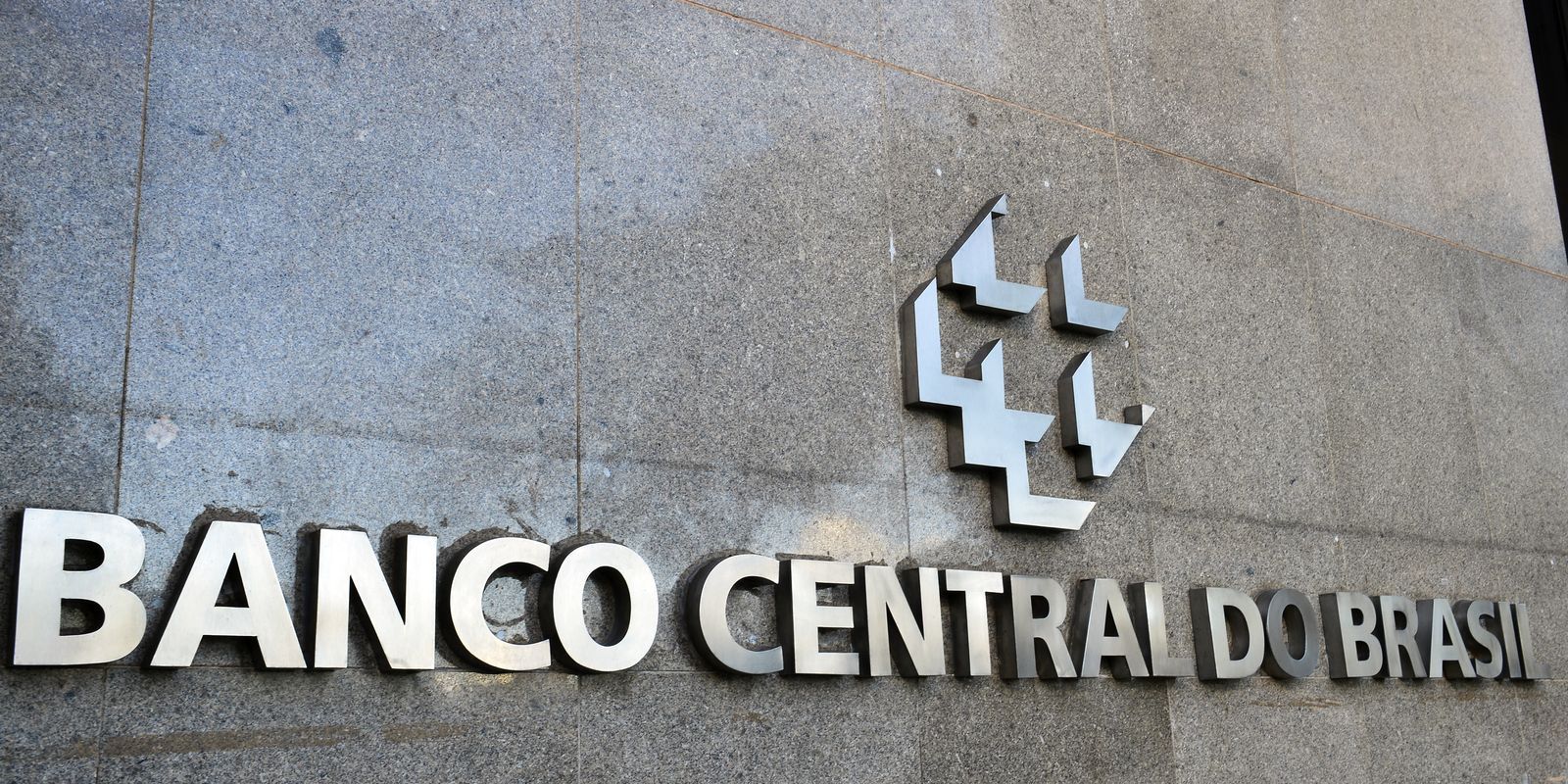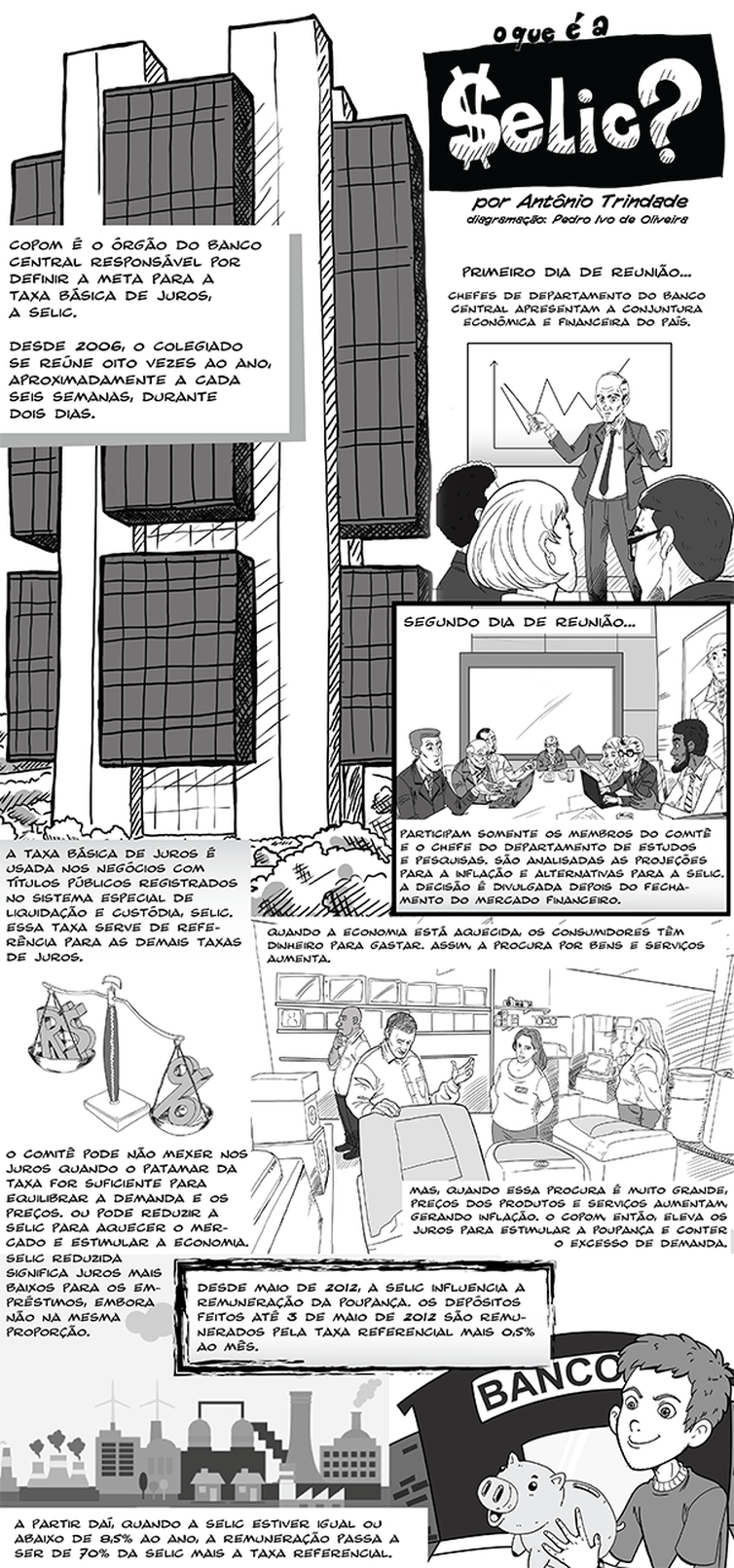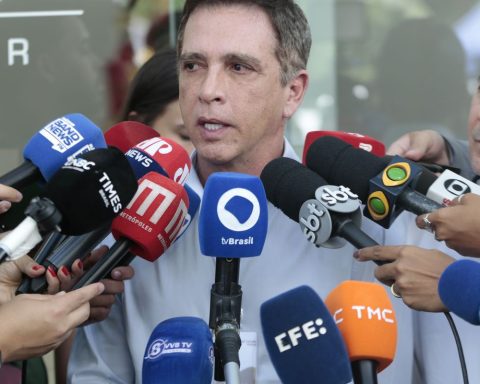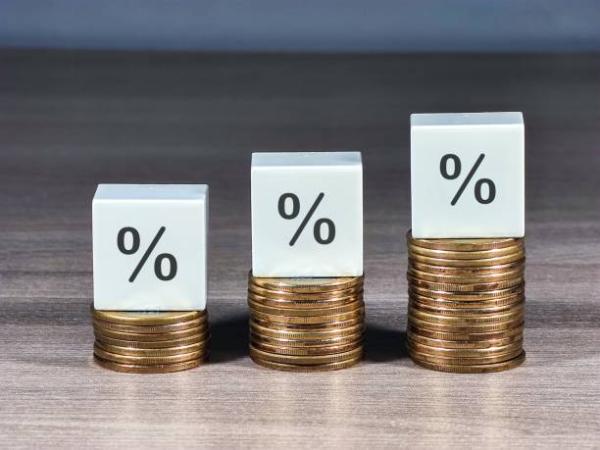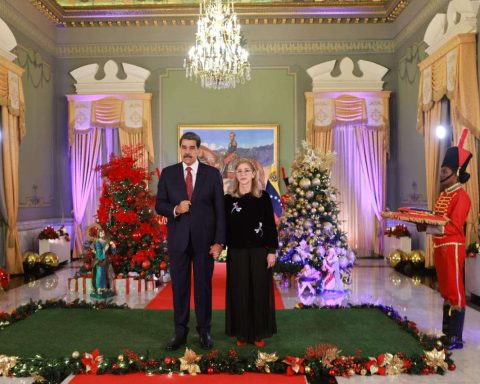The recent rise in the dollar and the uncertainties surrounding inflation and the global economy made the Central Bank (BC) increase the pace of interest rate hikes. Unanimously, the Monetary Policy Committee (Copom) increased the Selic rate, the economy’s basic interest rate, by 0.5 percentage points, to 11.25% per year. The decision was expected by the financial market.
The increase consolidates a cycle of contraction in monetary policy. After spending a year at 13.75% per year, between August 2022 and August 2023, the rate had six cuts of 0.5 points and one cut of 0.25 points, between August of last year and May of this year. At the June and July meetings, the Copom decided to maintain the rate at 10.5% per year, starting to increase the Selic at the September meeting, when the rate rose 0.25 points.
In a statement, Copom reported that uncertainty in the United States has increased. Without directly mentioning the election of former president Donald Trump, the text mentioned “the uncertain economic situation in the United States, which raises greater doubts about the pace of slowdown, disinflation and, consequently, about the Fed’s stance [Federal Reserve, Banco Central norte-americano]”.
Regarding the domestic scenario, the Copom reported that it is monitoring fiscal policy and demanded adjustments to public spending. “The Committee reaffirms that a credible fiscal policy committed to debt sustainability, with the presentation and execution of structural measures for the fiscal budget, will contribute to anchoring inflation expectations and reducing risk premiums on financial assets, consequently impacting monetary policy”, highlighted the statement.
Inflation
Selic is the Central Bank’s main instrument for keeping official inflation under control, measured by the Broad National Consumer Price Index (IPCA). In September, the Broad National Consumer Price Index (IPCA), considered official inflation, rose to 0.44%. According to the Brazilian Institute of Geography and Statistics (IBGE), driven by the red flag on electricity bills and the price of food, which rose due to the drought at the beginning of the semester. The IPCA for October will only be released on Friday (8).
As a result, the indicator accumulates an increase of 4.42% in 12 months, increasingly closer to the ceiling of this year’s target. For 2024, the National Monetary Council (CMN) set an inflation target of 3%, with a tolerance margin of 1.5 percentage points. The IPCA, therefore, could not exceed 4.5% nor remain below 1.5% this year.
In the last Inflation Reportreleased at the end of September by the Central Bank, the monetary authority raised its forecast for the IPCA in 2024but the estimate could rise even further due to the rise in the dollar and the impact of the prolonged drought on prices. The next report will be released at the end of December.
Market forecasts are more pessimistic. According to the bulletin Focusweekly survey of financial institutions released by the BC, official inflation is expected to close the year by 4.59%above the target ceiling. A month ago, market estimates were at 4.38%.
The Copom statement brought the Central Bank’s updated expectations about inflation. The monetary authority predicts that the IPCA will reach 4.6% in 2024 (above the target ceiling), 3.9% in 2025 and 3.6% accumulated over 12 months at the end of the first quarter in 2026. This is because the The Central Bank works with what it calls an “expanded horizon”, considering the scenario for inflation in up to 18 months.
The Central Bank increased inflation estimates. At the previous meeting, in September, the Copom predicted IPCA of 4.3% in 2024, 3.7% in 2025 and 3.5% accumulated in 12 months at the end of the first quarter in 2026
Most expensive credit
The increase in the Selic rate helps contain inflation. This is because higher interest rates make credit more expensive and discourage production and consumption. On the other hand, higher rates hinder economic growth. In the last Inflation Reportthe Central Bank raised its growth projection to 3.2% for the economy in 2024. The number was revised after the expansion of 3.1% of GDP in 2024.
The basic interest rate is used in public bond negotiations in the Special Settlement and Custody System (Selic) and serves as a reference for other interest rates in the economy. By readjusting it upwards, the Central Bank holds back the excess demand that puts pressure on prices, because higher interest rates make credit more expensive and encourage savings.
By reducing basic interest rates, the Copom makes credit cheaper and encourages production and consumption, but weakens inflation control. To cut the Selic, the monetary authority needs to be sure that prices are under control and are not at risk of rising.
